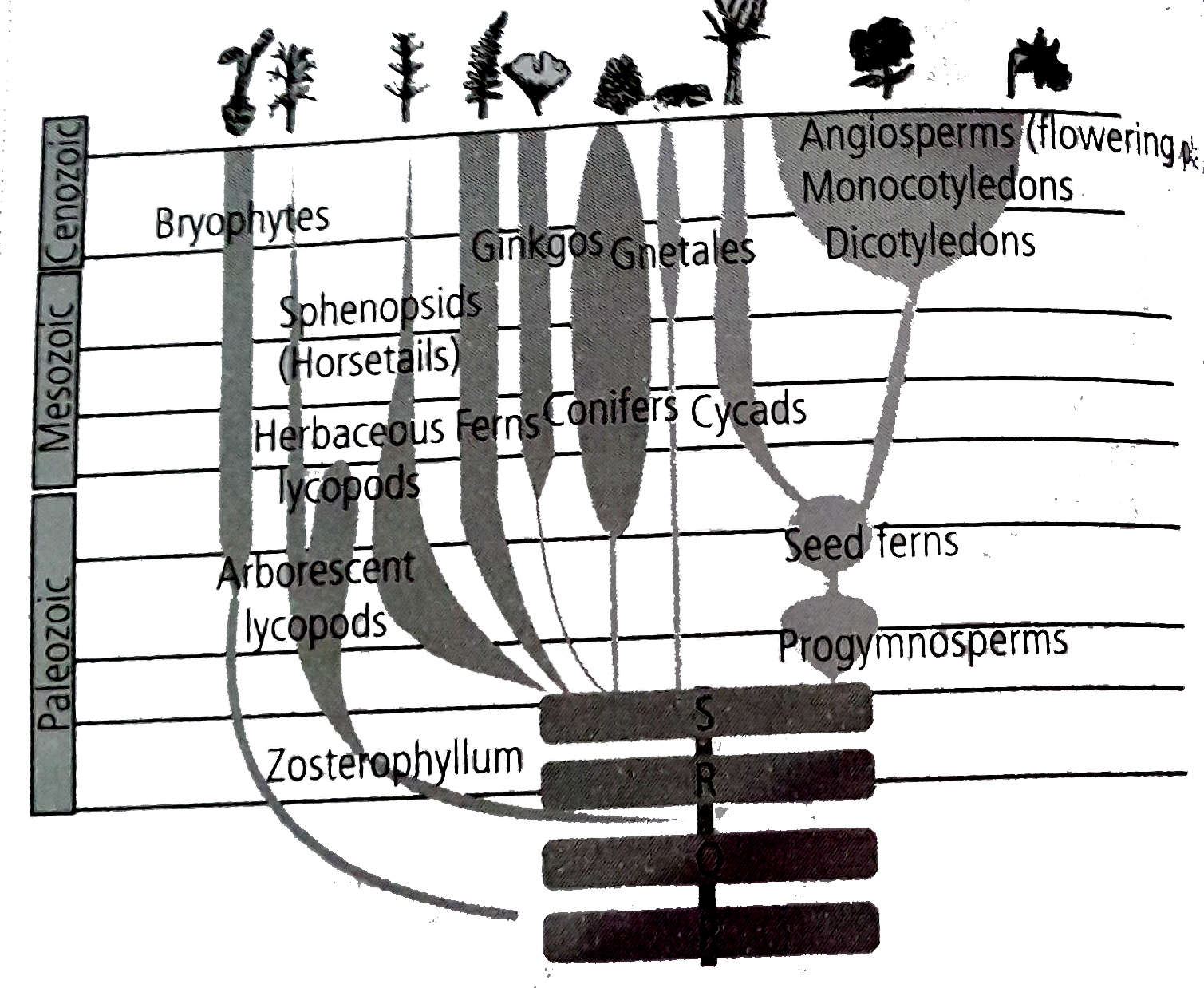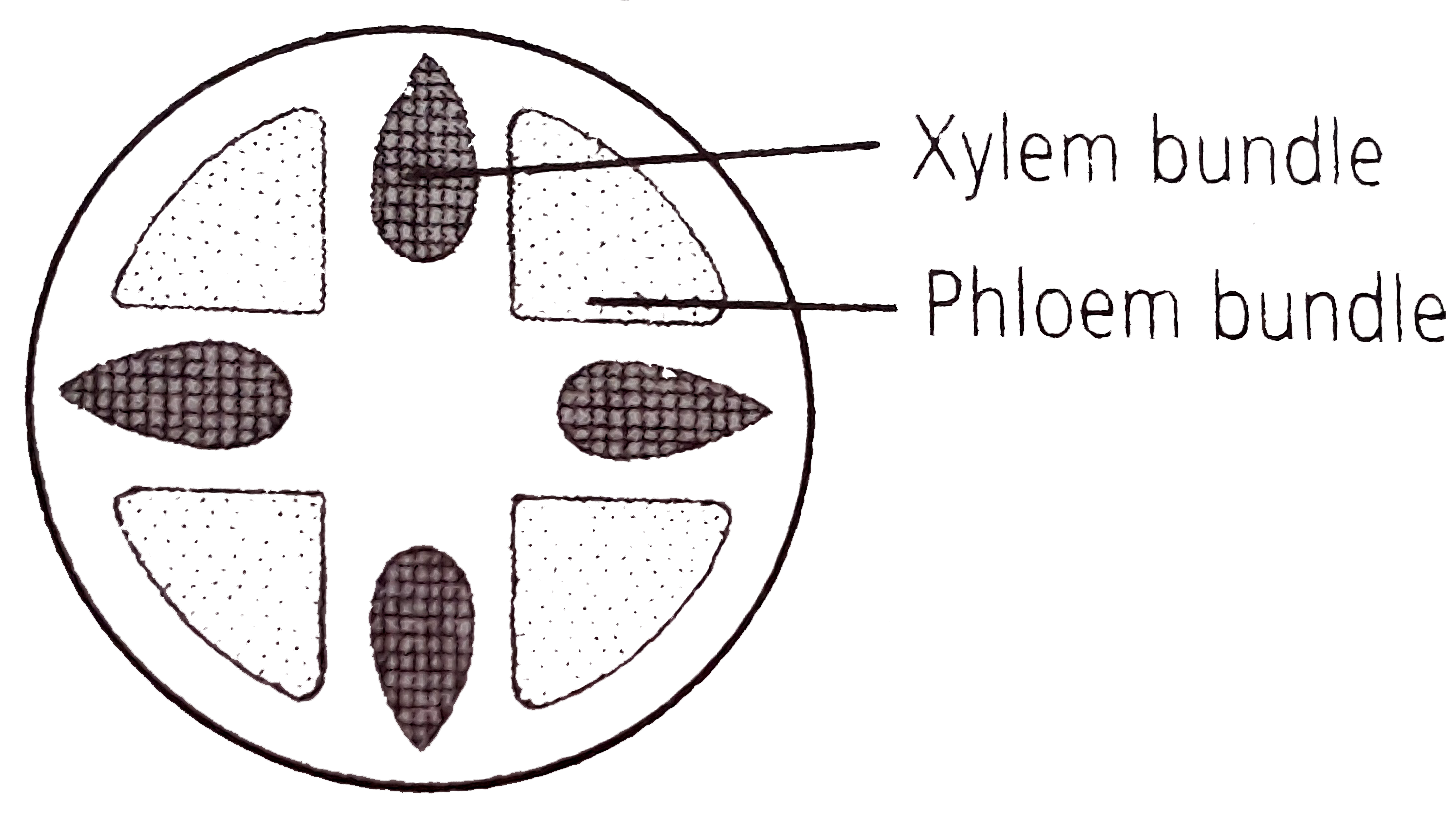Identify the different zones of a typical root shown in figure and select the correct answer regarding these.

X-Zone of cell differentiation, Y-zone of cell maturation, Z-Meristematic zone.
X-Zone of cell elongation, Y-Zone of cell maturation, Z-Meristematic zone
X-Meristematic zone, Y-zone of cell elongation, Z-Zone of cell maturation
X-zone of cell maturatiion, Y-Zone of cell elongation, Z-Meristematic zone
The correct Answer is:D
Step by step video, text & image solution for Identify the different zones of a typical root shown in figure and select the correct answer regarding these. by Biology experts to help you in doubts & scoring excellent marks in Class 11 exams.
Updated on:21/07/2023Similar Questions
Knowledge Check
Refer to the given figure and select the correct option regarding this.
 AWater will diffuse across the membrane to raise the level of solution in the funnel.BPressure can be applied to raise the water movement into the funnel.CSucrose solution is an osmoticallu active solution which cannot absorb water.Dall of these.
AWater will diffuse across the membrane to raise the level of solution in the funnel.BPressure can be applied to raise the water movement into the funnel.CSucrose solution is an osmoticallu active solution which cannot absorb water.Dall of these.Refer to the given figure and select the correct option regarding it.
 APQRSChlorophyte ancestorsTraceophyte ancestorsRhynia-type plantsPsilophytonBPQRSTracheophyte ancestorsRhynia type plantsChrolophyte ancestorsPsilophytonCPQRSChlorophyte ancestorsTracehophyte ancestorsPsilophytonRhynia-type plantsDPQRSChlorophyte ancestorsRhynia-type plantsTraceophyte ancestorsPsilophyton
APQRSChlorophyte ancestorsTraceophyte ancestorsRhynia-type plantsPsilophytonBPQRSTracheophyte ancestorsRhynia type plantsChrolophyte ancestorsPsilophytonCPQRSChlorophyte ancestorsTracehophyte ancestorsPsilophytonRhynia-type plantsDPQRSChlorophyte ancestorsRhynia-type plantsTraceophyte ancestorsPsilophyton
Identify the type of vascular bundle as shown in the figure and select the incorrect statements regarding it.Afigure represents radial vascular bundles in which xylem and phloem occur in the form of separate bundles.BXylem bundles and phloem bundles occur on different radii.CThese are the characteristic of monocot and dicot leaves.DNone of these

Identify the gymnosperms shown in figure and select the correct option
View SolutionIdentify the plants shown in figure and select the correct option:


View Solution
Identify the plants shown in figure and select the correct option:
View SolutionRefer to the given figure and select correct statement regarding it .

View SolutionIdentify the gymnosperms shown in figure and select the correct option

View Solution

